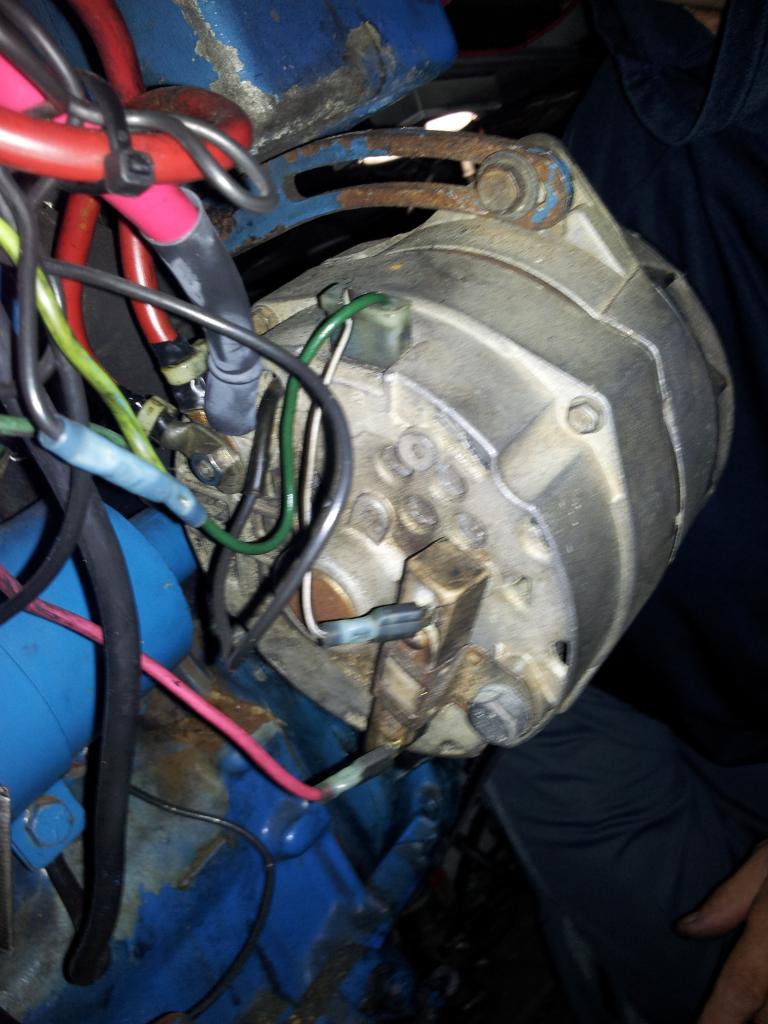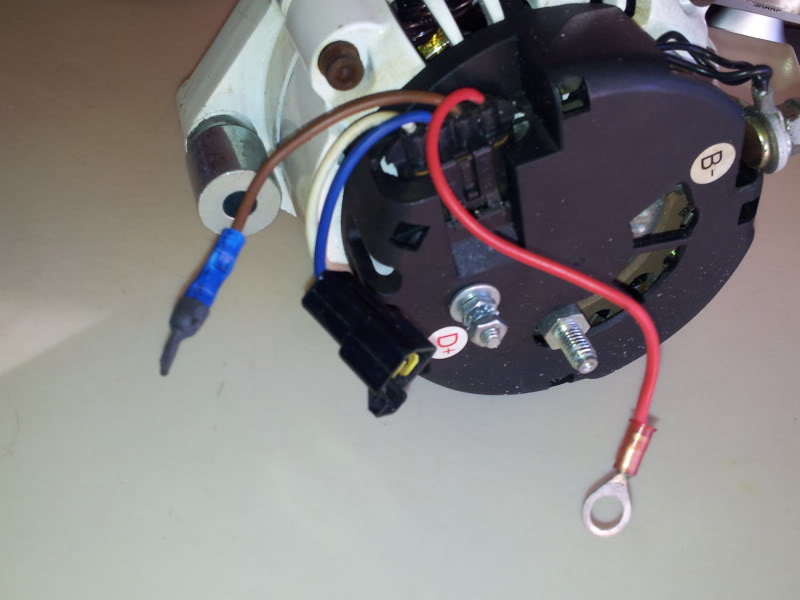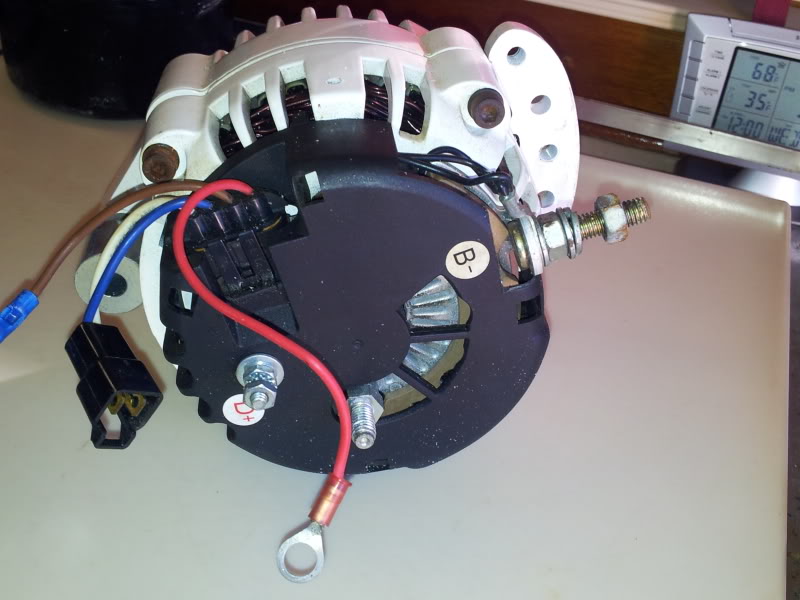Billylll
Guru
- Joined
- Mar 12, 2011
- Messages
- 938
- Location
- USA
- Vessel Name
- WIRELESS ONE
- Vessel Make
- 36 Gulstar MarkII
Can someone point me to the correct BalMar or equivalent high amperage alternator that will bolt on the Perkins 4-154? I have the standard 45 amp 12VDC alternators on the boat now. I'd like at least 70 amps without having to change the belt style. Can someone give me the correct model and part numbers for a drop in high amperage 12VDC alternator to replace the factory unit. I plan on using the smart controller and temperature monitor as well.
The vessel is a 1976 Gulfstar 36' Mark II.
Thanks,
Bill
The vessel is a 1976 Gulfstar 36' Mark II.
Thanks,
Bill



